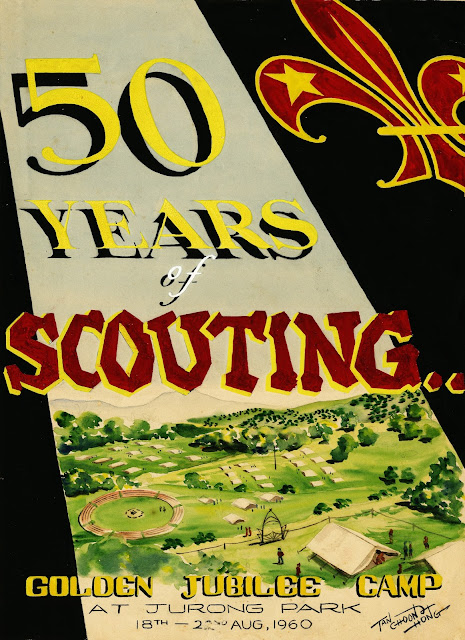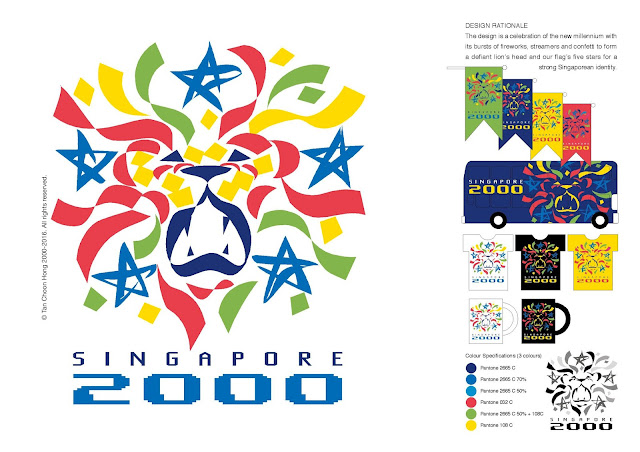A life-changing rejection
Upon finishing school I hit the pavement in search of my first job. My heart was set on becoming an advertising artist.
In those days, there were no graphic design colleges here, and artists basically learned the ropes through apprenticeship. I had a good idea of what my job would be like, having seen advertising people portrayed in the movies. It would be packed with excitement, glamour, fast cars, fast women, high octane living.
As there were no Yellow Pages then, I ploughed through the telephone directory looking for companies with the word advertising in their names. I wrote to a dozen of them and several replied with the usual regrets, and three offered to interview.
For my first interview I went to Papineau Advertising and my rudimentary portfolio was reviewed by art director Bill Mundy. I saw for the first time the actual illustrations used in their Milo press ads. They were photoprints of sportsmen rendered in pure black and white, then retouched by hand using pen and ink to fill in the intermediate tones using dots of varying intensity in a technique called stippling. I can do that, I thought, having had lots of practice stippling biology class diagrams. Bill offered to try me out for two weeks without pay. I beat a hasty retreat and never looked back.
The following week I dropped by Ace Advertising, the leading local ad agency, something I did not know then, and was received by art director John Hagley. We sat down with the big boss Roland at his huge desk. I showed my school work, one of which is the poster I did for my school’s scout troop.
After perusing other pieces like watercolour paintings of landscapes and flowers, charcoal portraits and fabric design concepts, the boss gave his frank opinion: “You are no good!” Artistic types supposedly have fragile egos and might be shattered by such a blunt assessment. Apparently I was made of sterner stuff and sustained no such bruising. Perhaps in my naivety, I just accepted it as one man’s point of view not to be taken too seriously.
However, John seemed struck by my eager beaver attitude and showed me to his room for a little chat.
John had noticed one of my drawings of an office stapler which I had rendered using a fountain pen to shade with thick and think lines, imitating those of watches and other objects I had seen in print ads. He showed me a sample of the real thing created by painstakingly scraping the image out of a card coated with black ink on its white chalky surface. It was called “scraperboard.”
Then he did an amazing act of generosity. He drove me in his little Mini to Straits Commercial Art and bought me a full set of scraperboard artist requisites – tools (which I kept to this day), boards, ink and brushes. With that he asked me to return in a week’s time and show him what I could do.
Now on that fateful day, John had also exposed me to the initial process of the advertising creative workflow, starting with an idea pencilled on a sheet of bond paper and mounted on a black presentation board. Thinking back, it was like Steve Jobs stumbling upon the mouse input device at Xerox Palo Alto Research Centre. I had seen the future and the future would be art direction.
The following week, I started out playing with the scraperboard thing. I had no illusions that I could master the technique nor the patience to go with the retina-busting work. Instead I focused on designing ads. In John’s room I had seen those for Van Houten chocolate and Malayan Airways, the precursor of today’s MAS and SIA. I did my own amateur takes for Van Houten chocolate based on a fun Arabian Nights theme, and some ideas for Malayan Airways. I also clipped some existing ads and rehashed them to showcase how I would “improve” on them. See scans below.
In those days, there were no graphic design colleges here, and artists basically learned the ropes through apprenticeship. I had a good idea of what my job would be like, having seen advertising people portrayed in the movies. It would be packed with excitement, glamour, fast cars, fast women, high octane living.
As there were no Yellow Pages then, I ploughed through the telephone directory looking for companies with the word advertising in their names. I wrote to a dozen of them and several replied with the usual regrets, and three offered to interview.
For my first interview I went to Papineau Advertising and my rudimentary portfolio was reviewed by art director Bill Mundy. I saw for the first time the actual illustrations used in their Milo press ads. They were photoprints of sportsmen rendered in pure black and white, then retouched by hand using pen and ink to fill in the intermediate tones using dots of varying intensity in a technique called stippling. I can do that, I thought, having had lots of practice stippling biology class diagrams. Bill offered to try me out for two weeks without pay. I beat a hasty retreat and never looked back.
The following week I dropped by Ace Advertising, the leading local ad agency, something I did not know then, and was received by art director John Hagley. We sat down with the big boss Roland at his huge desk. I showed my school work, one of which is the poster I did for my school’s scout troop.
After perusing other pieces like watercolour paintings of landscapes and flowers, charcoal portraits and fabric design concepts, the boss gave his frank opinion: “You are no good!” Artistic types supposedly have fragile egos and might be shattered by such a blunt assessment. Apparently I was made of sterner stuff and sustained no such bruising. Perhaps in my naivety, I just accepted it as one man’s point of view not to be taken too seriously.
However, John seemed struck by my eager beaver attitude and showed me to his room for a little chat.
John had noticed one of my drawings of an office stapler which I had rendered using a fountain pen to shade with thick and think lines, imitating those of watches and other objects I had seen in print ads. He showed me a sample of the real thing created by painstakingly scraping the image out of a card coated with black ink on its white chalky surface. It was called “scraperboard.”
Then he did an amazing act of generosity. He drove me in his little Mini to Straits Commercial Art and bought me a full set of scraperboard artist requisites – tools (which I kept to this day), boards, ink and brushes. With that he asked me to return in a week’s time and show him what I could do.
Now on that fateful day, John had also exposed me to the initial process of the advertising creative workflow, starting with an idea pencilled on a sheet of bond paper and mounted on a black presentation board. Thinking back, it was like Steve Jobs stumbling upon the mouse input device at Xerox Palo Alto Research Centre. I had seen the future and the future would be art direction.
The following week, I started out playing with the scraperboard thing. I had no illusions that I could master the technique nor the patience to go with the retina-busting work. Instead I focused on designing ads. In John’s room I had seen those for Van Houten chocolate and Malayan Airways, the precursor of today’s MAS and SIA. I did my own amateur takes for Van Houten chocolate based on a fun Arabian Nights theme, and some ideas for Malayan Airways. I also clipped some existing ads and rehashed them to showcase how I would “improve” on them. See scans below.
 |
| Arabian Nights theme for Van Houten Chocolate campaign. |
 |
| Notice the "scraperboard" style illustration of the aircraft and the stippling effect for the dancers, drawing techniques popular then. |
 |
| This jagged line style of drawing was inspired by an illustration I saw in LIFE magazine. |
 |
| Here I borrowed a spark plug image from a catalogue page. |
 |
| Left: My take on "improving"existing ads. Right: The original. |
In the followup meeting, I showed them to John and clinched my first job in advertising, my dream career. His boss had rejected me, but John had opened the door again for me, for which I am eternally grateful.
In the years that followed, John was to be my inspiration and mentor. We parted ways when he left to found is own ad agency. Later I also left and joined Cathay Advertising, the local outfit of Australia’s George Paterson, where my moonlighting gathered pace, and eventually I had enough contacts and the confidence to start my own creative service.
As for the third agency that offered me an interview, I had to phone in my regrets.











Comments
Post a Comment